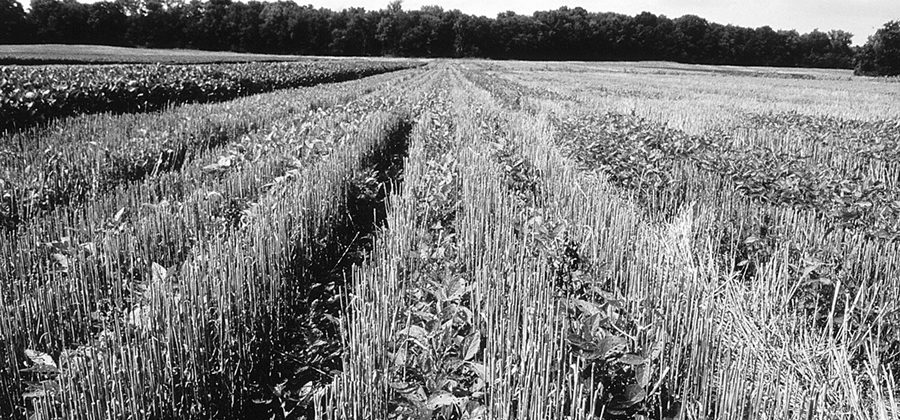No-Till Farmer
Get full access NOW to the most comprehensive, powerful and easy-to-use online resource for no-tillage practices. Just one good idea will pay for your subscription hundreds of times over.

With polymer based soybean seed coatings expected to be used by a few farmers next spring, many traditional seeding ideas are about to be discarded.
Coming changes will include a shift to 12-inch and wider wheat rows. Plus, we’ll see expanded growth of relay intercropping where soybeans are no-tilled into growing wheat 3 weeks prior to small grain harvest.
Innovative no-tillers will also see the benefits of using seed coatings to no-till soybeans ahead of corn. This could be done when soil conditions are ideal, but the calendar says it’s still too cold to plant.
These new developments in delaying germination until soil temperatures are ideal actually center around a newly-developed seed coating from the Intellicoat Corp. in Menlo Park, Calif.
The Intellicoat seed coating technology is based on a newly invented class of polymers called Intellimers. These polymers regulate water uptake of the seed and delay germination for a predictable period of time.
Intellicoat officials expect to have enough seed coating material available to meet the needs of 50 to 100 soybean growers who will plant wheat in 12- and 15-inch rows this fall. Widespread distribution of the coating is expected in time for the 2001 fall wheat planting and 2002 spring bean planting seasons.
The company has a number of seed coatings under development. “Some contain a temperature switch so the coatings crystallize and let water through when soil temperatures are just right,” says Jim Beuerlein, Ohio State University agronomist. “Other products still in the developmental…